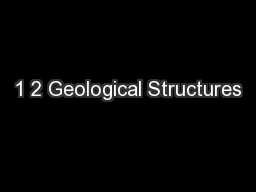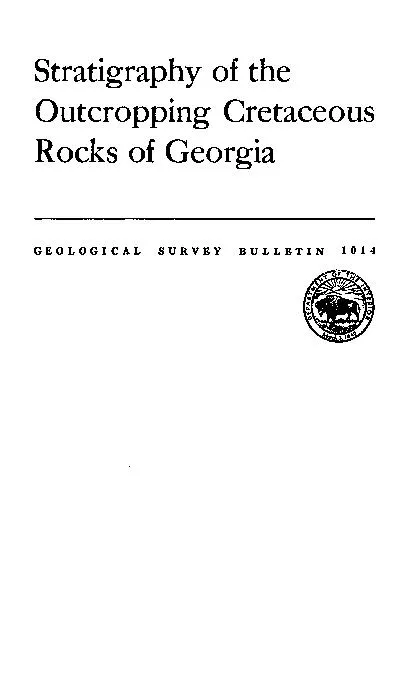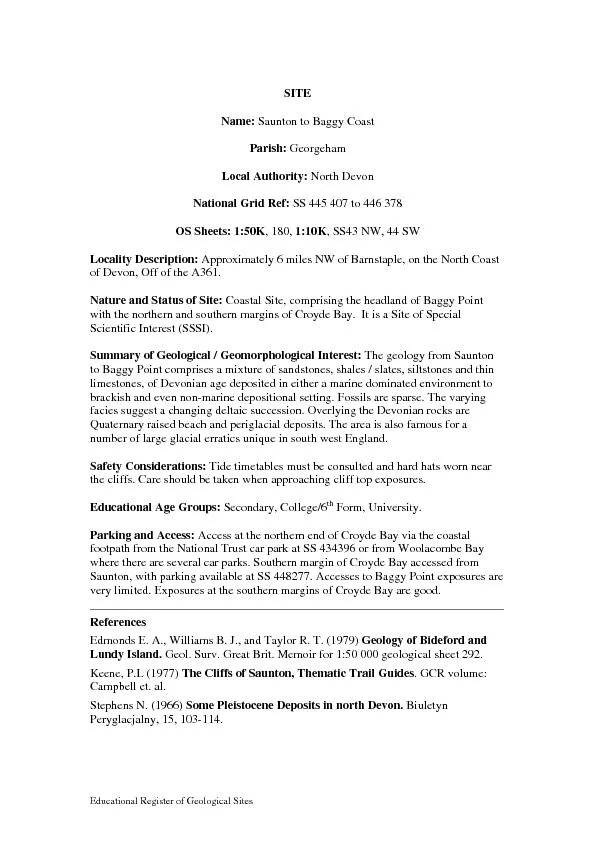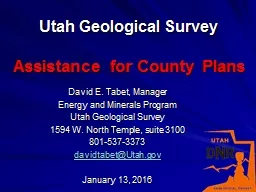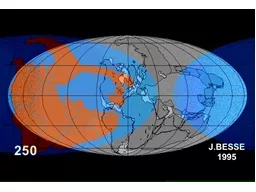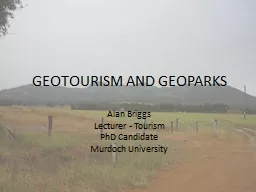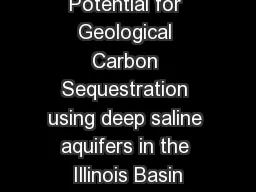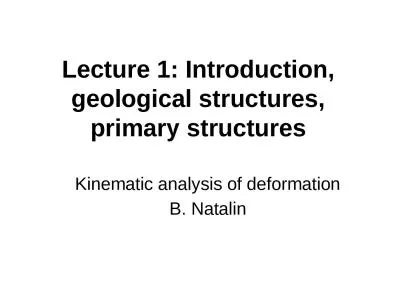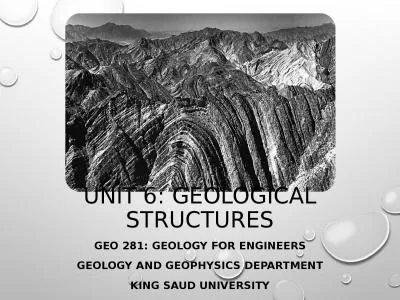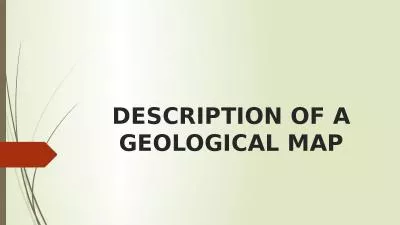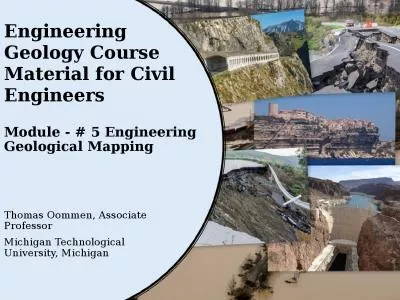PPT-1 2 Geological Structures
Author : ellena-manuel | Published Date : 2017-06-12
Folds Faults and Joints Instructor Prof Dr Attaullah Shah Lecture 6 Department of Civil Engineering City University of Science and IT Peshawar 3 Strata
Presentation Embed Code
Download Presentation
Download Presentation The PPT/PDF document "1 2 Geological Structures" is the property of its rightful owner. Permission is granted to download and print the materials on this website for personal, non-commercial use only, and to display it on your personal computer provided you do not modify the materials and that you retain all copyright notices contained in the materials. By downloading content from our website, you accept the terms of this agreement.
1 2 Geological Structures: Transcript
Download Rules Of Document
"1 2 Geological Structures"The content belongs to its owner. You may download and print it for personal use, without modification, and keep all copyright notices. By downloading, you agree to these terms.
Related Documents

